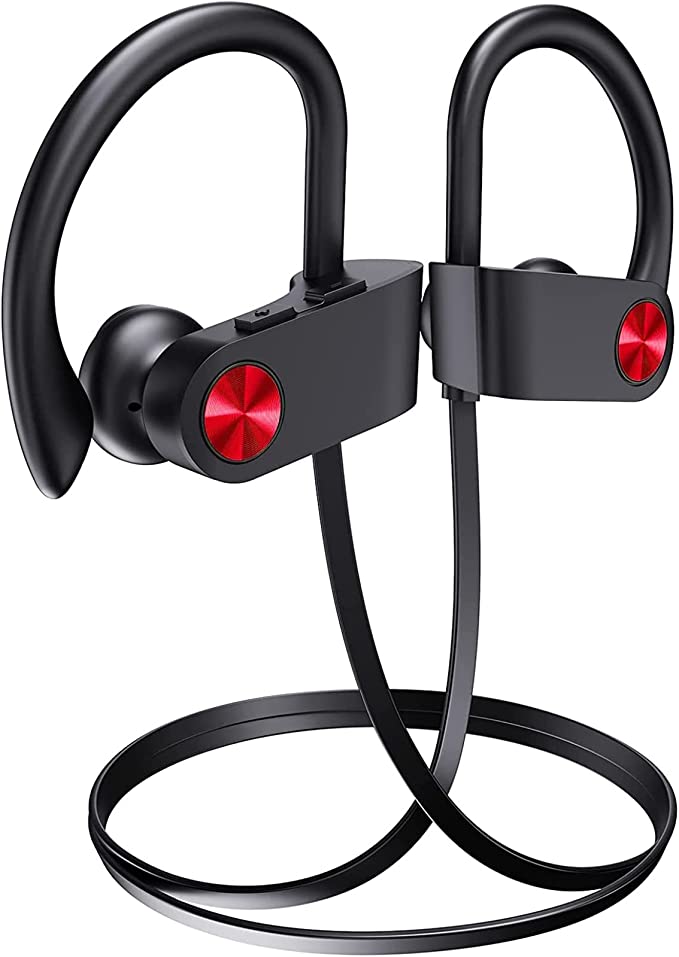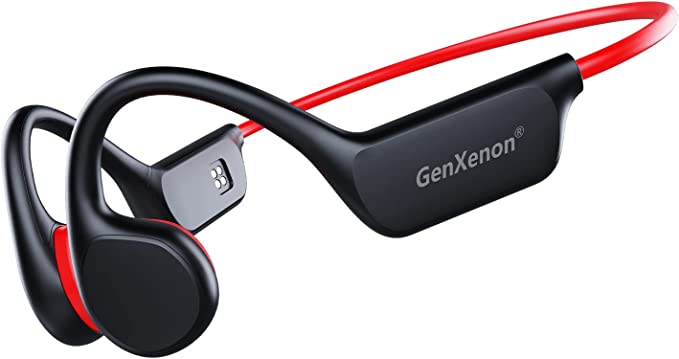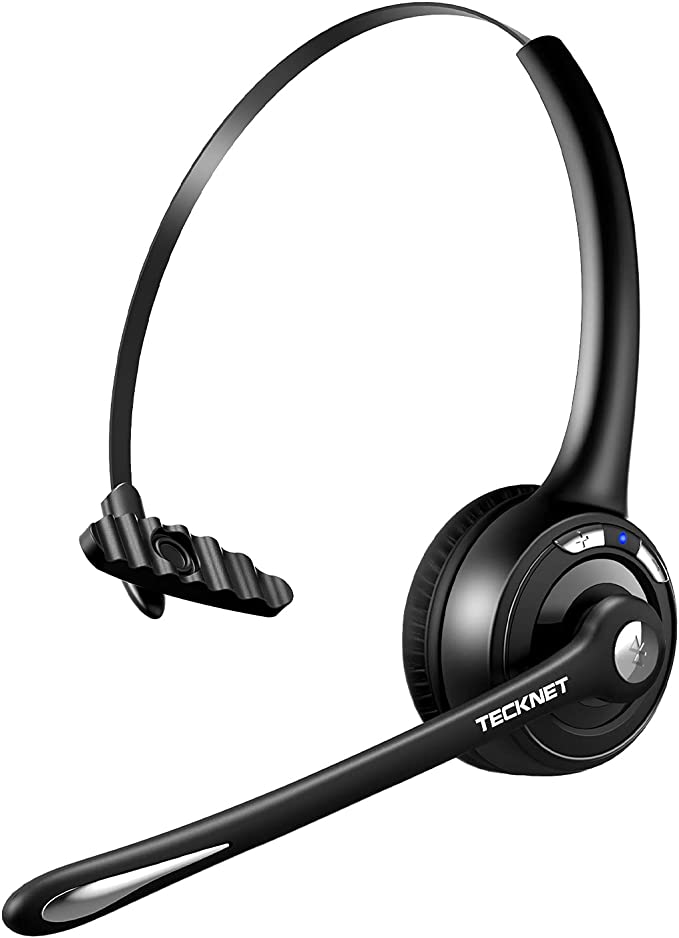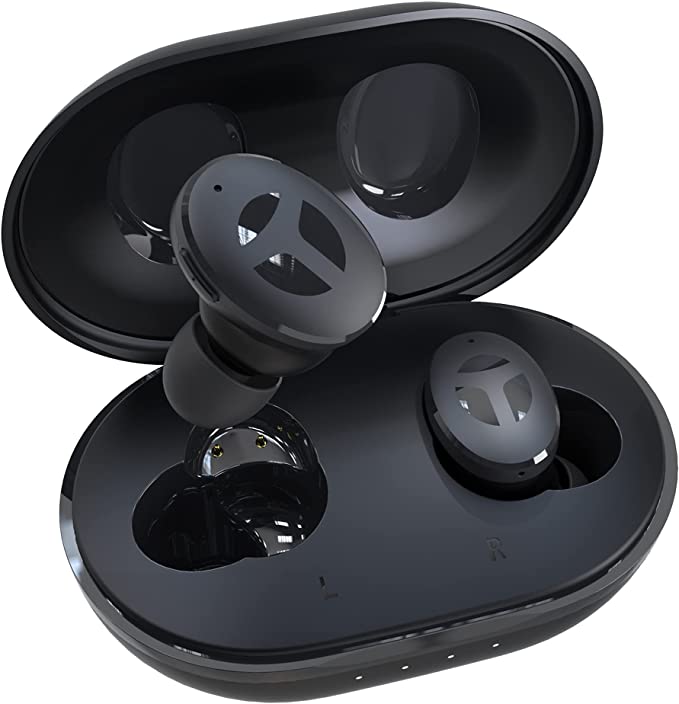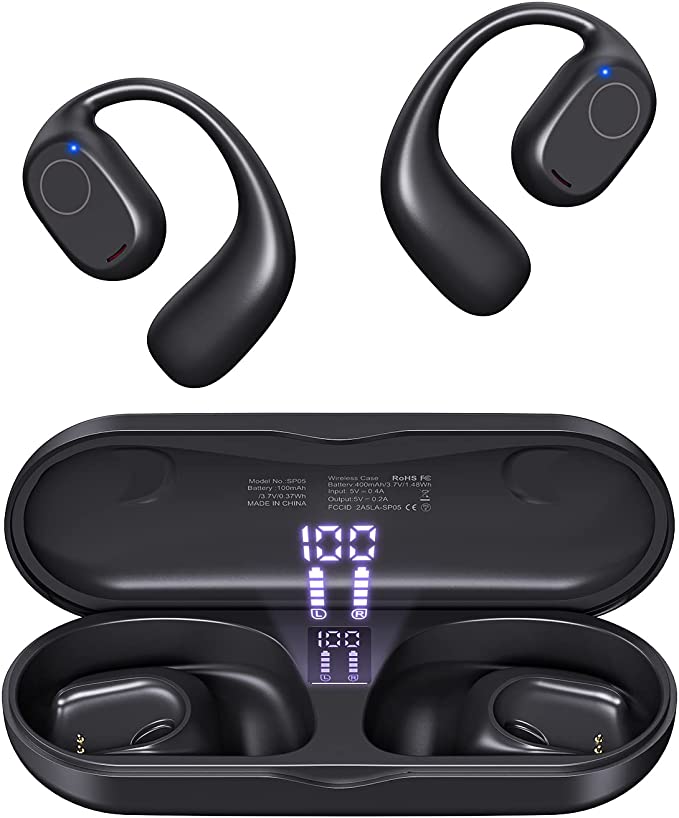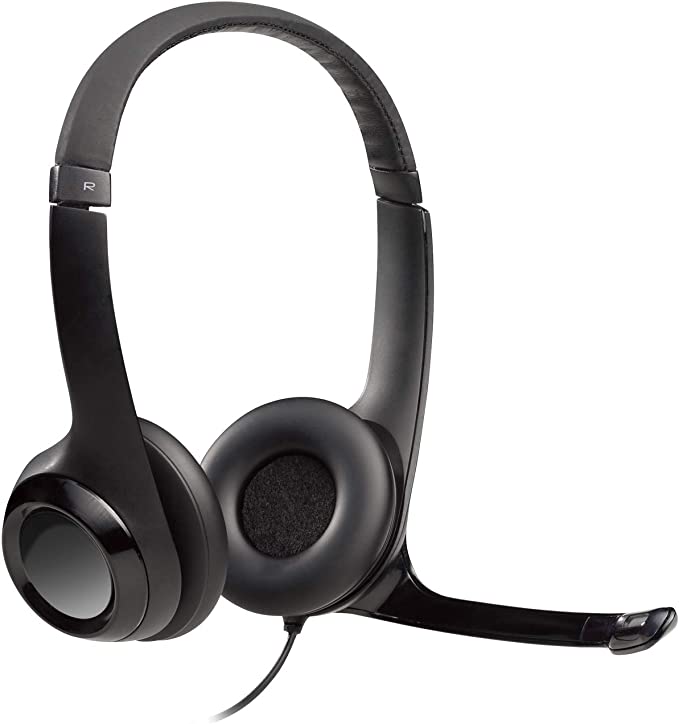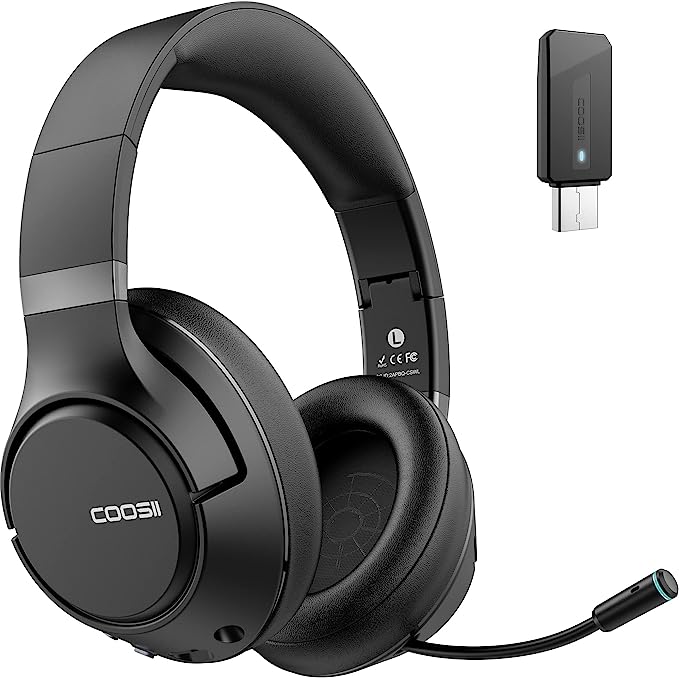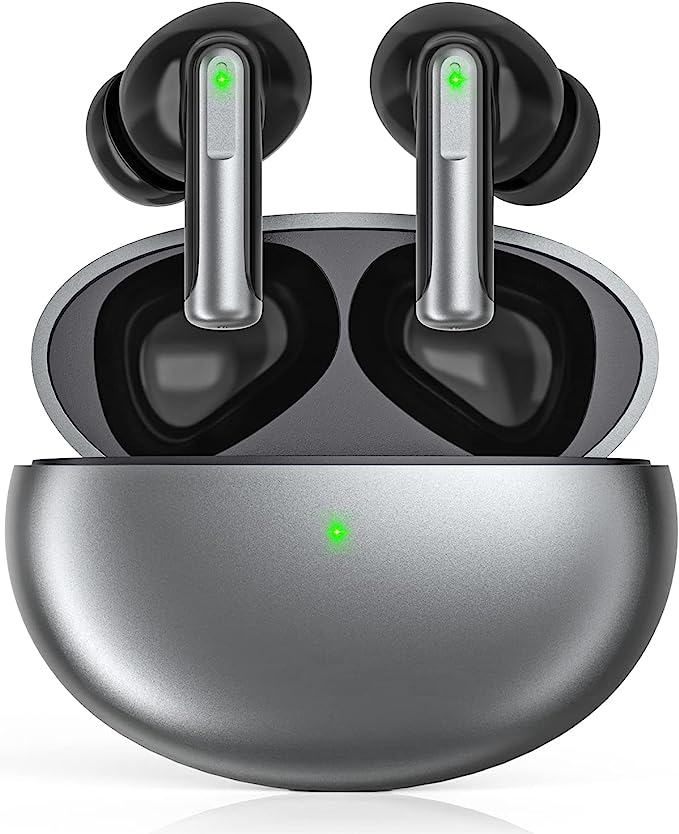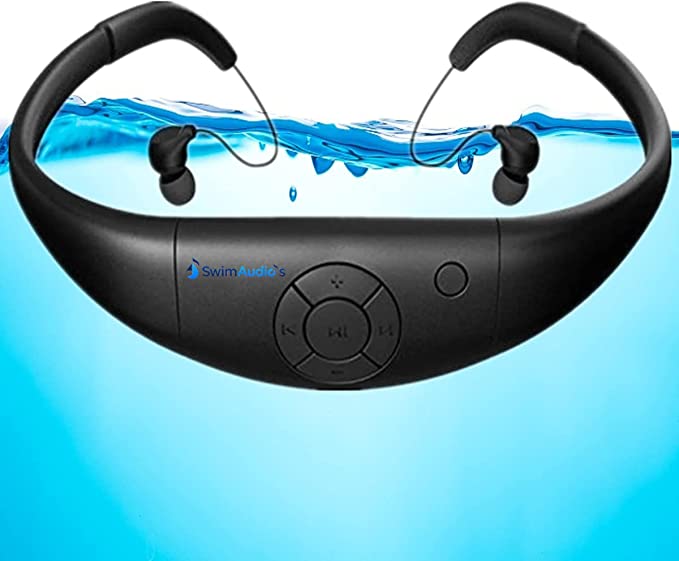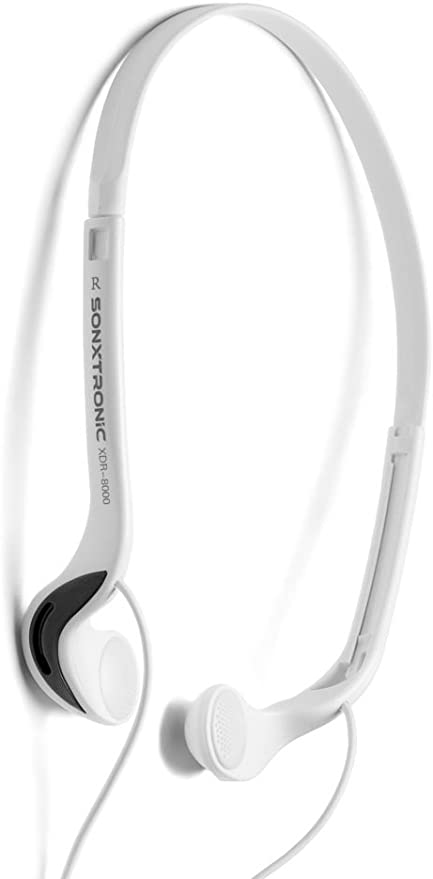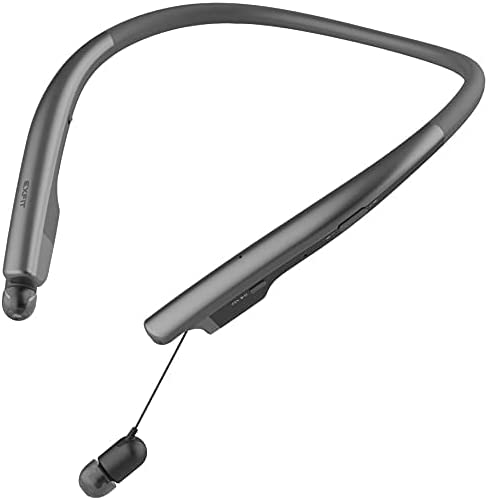Uniden SDS200: Demystifying the Digital Airwaves with True I/Q Science
Update on July 14, 2025, 8:35 a.m.
There’s a certain magic to an old radio scanner, a quiet nostalgia in the hiss between transmissions. For a generation of hobbyists, the world unfolded through that sound—a hushed crackle, then the clear, analog voice of a fire crew responding to a call, a pilot clearing for approach, a utility worker reporting from the field. It was a direct, unfiltered connection to the invisible nervous system of a town. That was a simpler time. Today, the airwaves in most North American cities are haunted. They are filled with digital ghosts—fleeting, garbled transmissions that taunt old equipment, promising information but delivering only a burst of unintelligible noise. The world is still talking, more than ever, but how do we once again learn to listen?

The Long Road to Listening
The journey to hear the world has been one of constant evolution. Veterans of the hobby remember the days of crystal-controlled scanners, clunky boxes where each frequency required its own, physically separate quartz crystal. Owning a multi-channel scanner meant investing in a small, expensive library of these precisely cut minerals. The advent of programmable scanners in the 80s was a revolution, freeing listeners from the tyranny of crystals. But as the 20th century closed, a new challenge emerged. Government and public safety agencies began migrating from simple analog channels to complex, computer-controlled digital systems. The defining standard in North America became APCO Project 25 (P25). It promised efficiency and clarity, but for the scanning world, it introduced a formidable new dragon to slay: Simulcast.
An Engineered Cacophony
Simulcast, or simultaneous broadcast, is a clever solution to a coverage problem. To ensure a police officer can communicate seamlessly from a downtown skyscraper to a suburban cul-de-sac, the system uses multiple towers, all transmitting the exact same signal on the exact same frequency at the exact same time. It’s a brilliant feat of engineering, but for a receiver, it can be a nightmare.
Imagine standing in the center of a vast, stone cathedral. Now, imagine ten priests, standing in different corners of the room, all begin reading the exact same sermon at the exact same instant. Even though they are perfectly synchronized, the sound from each priest travels a different distance to reach your ears. The slight delays cause the soundwaves to crash into each other, creating a chaotic, echoing mess. This is precisely what happens to a radio signal in a simulcast system. The multiple, slightly time-shifted signals create a form of engineered multipath interference, and a traditional scanner, unable to distinguish between them, simply plays back the resulting cacophony.

A New Philosophy of Radio
For years, hobbyists tried to fight this with hardware—specialized antennas, filters, and attenuators—but these were mere bandages on a fundamental problem. The solution required a complete paradigm shift, a move away from rigid hardware and towards intelligent software. The answer was Software Defined Radio (SDR). Born from ambitious military communications projects, SDR is a philosophy as much as a technology. It posits that the true essence of radio is information processing, and the most powerful tool for processing information is a computer. An SDR device captures a wide slice of the radio spectrum and hands it over to a powerful processor, allowing sophisticated algorithms to do the delicate work of decoding.
This philosophy is the very soul of the Uniden SDS200 True I/Q™ TrunkTracker X. It is not merely an evolution of the scanner; it is a different species entirely. It is a dedicated signal-processing computer built for one purpose: to hunt and tame the ghosts in the digital machine.
The Art of Reconstruction: Unlocking True I/Q
At the heart of the SDS200’s power is its True I/Q™ receiver. This is the key that unlocks the simulcast puzzle, and its elegance lies in how it perceives a radio signal. A traditional receiver is like a person who is colorblind and has only one eye; it can sense the intensity (amplitude) of a signal, but misses its other crucial properties. A modern digital signal, however, encodes information not just in its strength, but in subtle, rapid shifts in its phase.
True I/Q™ technology gives the scanner two eyes. It simultaneously captures two components of the signal: the In-phase (I) and the Quadrature (Q). Think of these as the complete DNA of a signal. With this complete genetic code, the scanner’s Digital Signal Processor (DSP)—its brain—can perform an act of near magic.
In the language of signal processing, the I and Q components are the precise coordinates of the signal on a mathematical map called the complex plane. By plotting the signal’s exact position on this map from moment to moment, the DSP has a perfect, uncorrupted picture of the transmission. It can then run powerful algorithms to identify the primary signal and computationally erase all the echoes and distortions caused by the simulcast environment. It is the digital equivalent of an audio mastering engineer taking a noisy, echo-filled recording and isolating a single, pristine human voice. The result is astonishingly clear audio, reconstructed from a signal environment that would render any lesser scanner useless.
The Listener’s Canvas
This immense technological power is harnessed in a way that empowers the user, transforming a complex task into an act of exploration. The pre-loaded HomePatrol Database turns the entire US and Canada into an interactive radio map, ready to be explored with just a zip code. The large, customizable color display becomes a personal canvas, allowing you to design an information dashboard that highlights what matters most to you—the agency, the channel, the talkgroup. Even the inclusion of a direct Ethernet port speaks to a modern philosophy of access, allowing you to connect to your scanner from across the house or across the country, turning your listening post into a personal, remote observatory on the world of radio.

Beyond Entertainment: The Hobby of Awareness
To own a device like the Uniden SDS200 is to engage in a unique form of entertainment, one rooted in awareness and discovery. It is the thrill of hearing a storm spotter’s real-time report before it hits the news, of understanding the intricate ballet of ground control at a busy airport, of feeling the pulse of your own community’s public services. In an age of curated feeds and filtered information, the scanner offers a rare, unvarnished look into the operational reality of the world around us.
It’s a connection to the hidden frequencies that bind our society together. And in moments of crisis, when other lines of communication may fail, it can be a vital source of information. The Uniden SDS200, with its sophisticated scientific heart, does more than just receive a signal. It translates the real-time, unfolding, and often invisible story of our modern world.


